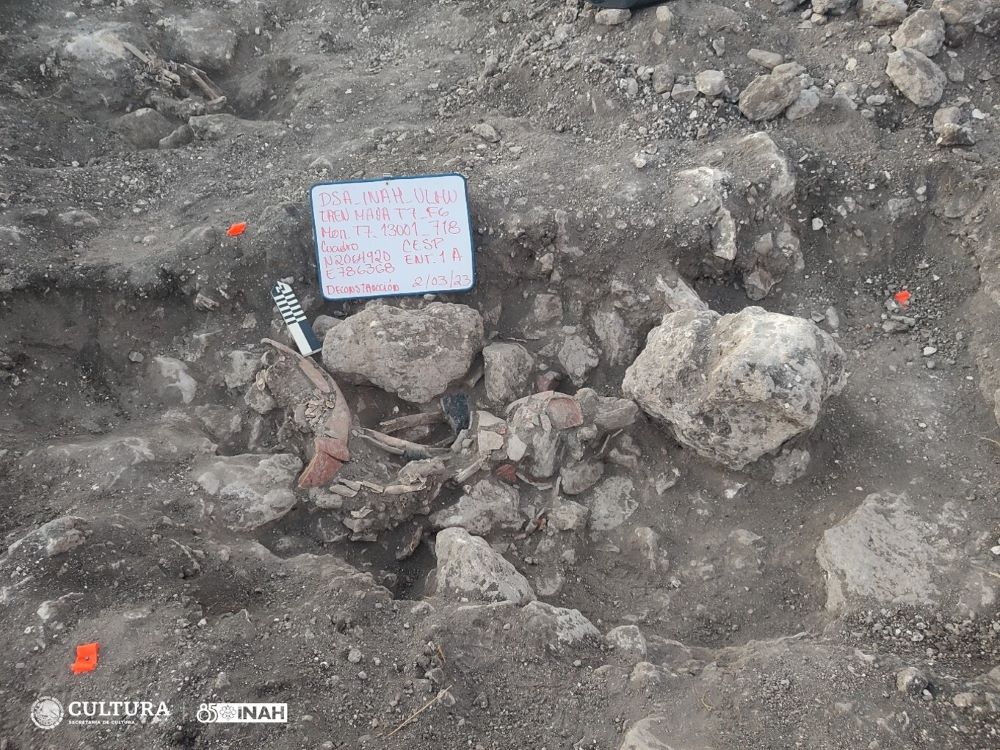The Modification of the Terrain and Its Relationship with Water: The Case of the Terraces
In mid-2024, archaeologists from INAH working on the Tren Maya project discovered 26 burials, foundations, cists, and some terraces in the front 6 of section 7. However, what will be addressed in this article is the importance of the terraces in water management and how they altered their environment.
Use of Terraces
A common interpretation in the past was that the Maya used the "slash-and-burn" technique, a cultivation system that, as the name implies, involves clearing vegetation, burning it, and then farming the resulting soil. However, this system is not ideal for large populations, as it does not allow for prolonged use of the same land. This has led several archaeologists, based on recent discoveries, to propose that the Maya employed different agricultural systems, such as the use of terraces, as observed in the front 6 of section 7.
Lobato (1988) mentions that terraces have two main functions:
1. The conservation of soil on sloped terrain.
2. The control of water and humidity.
These aspects were of vital importance, especially in an area that, as archaeologist Cool Argüelles, who participated in the excavation of the southern section of Campeche, pointed out, only highlights the Silvituc lagoon. The terraces, due to their construction, take advantage of the eroded soil, improve the soil conditions, and increase its fertility, allowing for intensive periods of cultivation.
Chronology of the Terraces
Establishing a specific timeline for the use of terraces is problematic due to limited information. However, according to Lobato (1988), the development of terraces likely occurred during the Maya Classic period, particularly toward its later stages, which corresponds to the sites discovered in the work of Front 6, Section 7 of the Tren Maya. The chronology of these sites is initially set between the Terminal and Late Classic periods (250-900 AD).
Undoubtedly, the discoveries made during the Tren Maya works help deepen our understanding of the past and shed light on how the ancient Maya lived.
References
* Agriculture and State Development in the Maya Lowlands
* Pre-Hispanic Terraces in the Usumacinta River Region and Their Importance in Maya Agriculture
